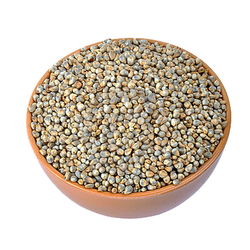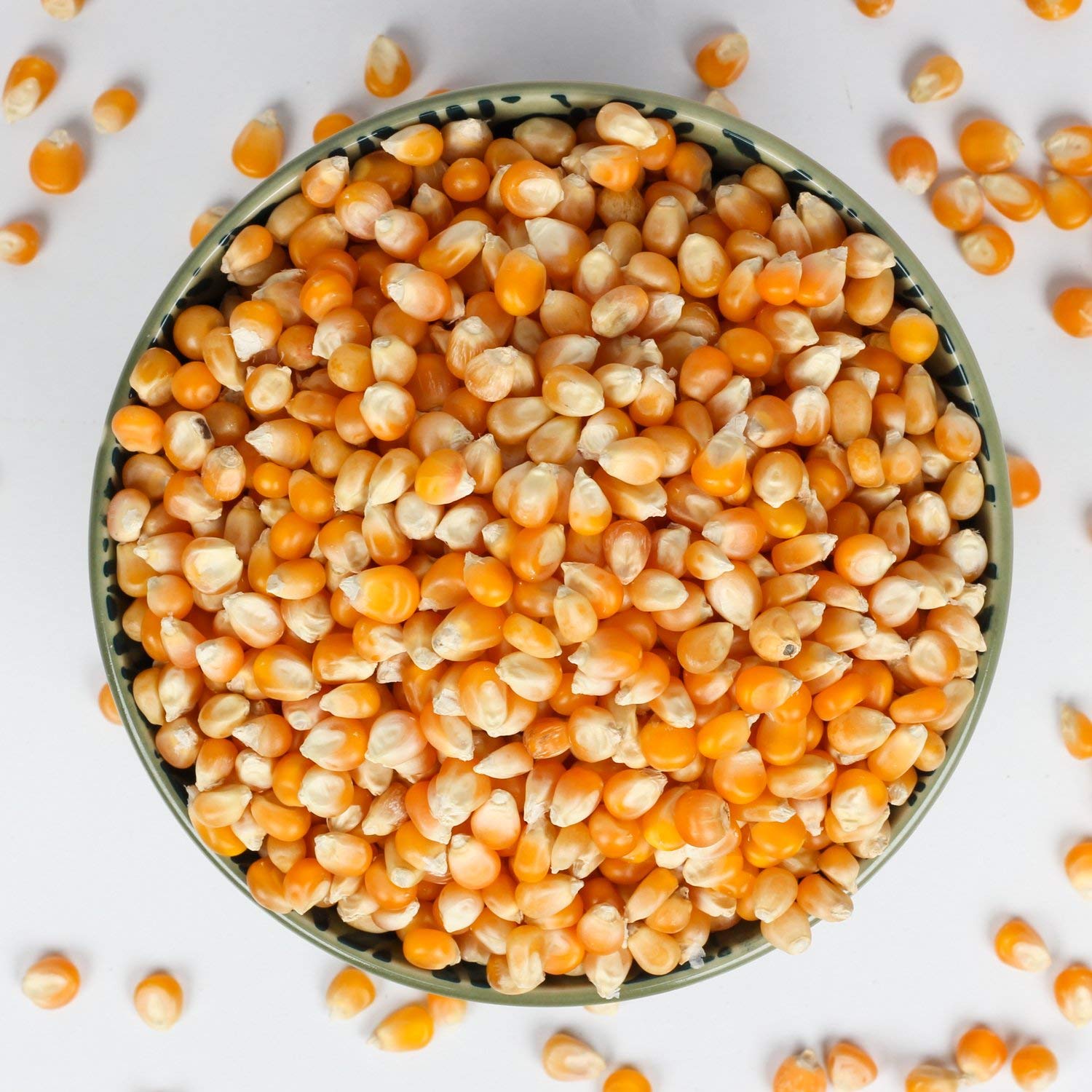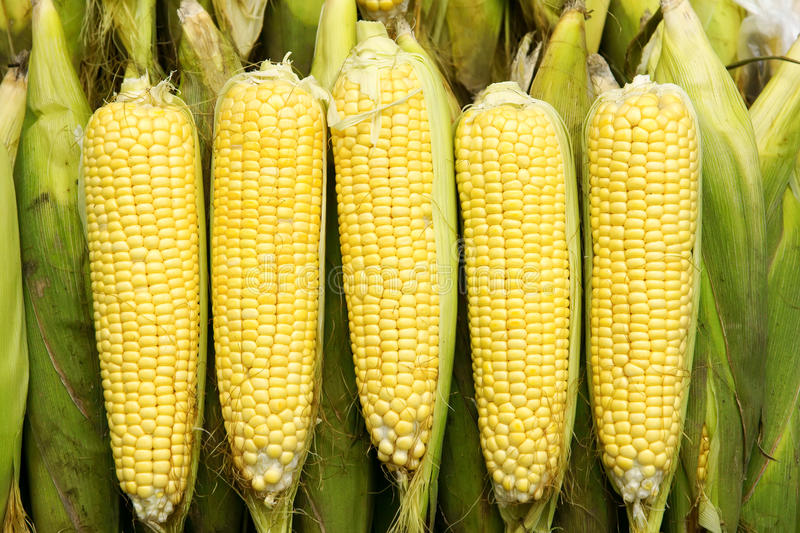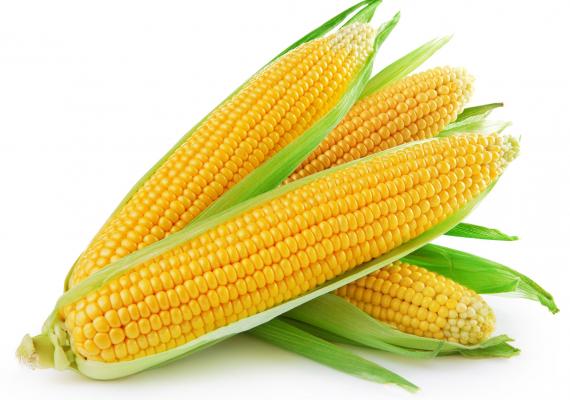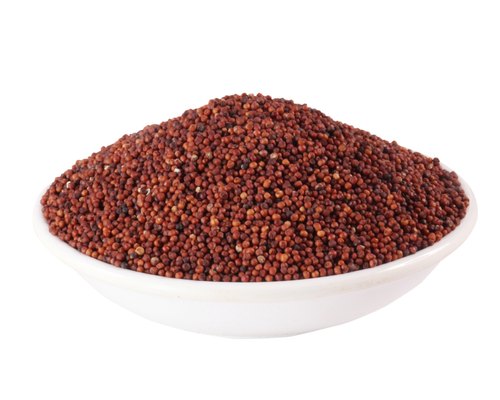Ellagic acid
Micronutrient
Last update date: October 11, 2023
Ellagic acid is found in many food sources possessing an antioxidant property. It also has anti-inflammatory and anticancerous properties. It is found in walnuts, pomegranates, grapes, and berries.
Frequently Asked Questions
1.
What is Ellagic acid?
Ellagic acid, while not widely recognized by name, is a potent polyphenol with an array of notable health advantages. Scientific studies indicate that ellagic acid possesses the potential to impede the growth of cancer cells, mitigate inflammation, and safeguard brain function.
2.
What is positive impact of Ellagic acid?
Ellagic acid functions as an antioxidant, which means it has the ability to counteract harmful substances called free radicals. This action protects your cells from damage and oxidative stress. Furthermore, ellagic acid may help regulate your immune system and reduce specific markers of inflammation, such as prostaglandin E2 and interleukin 6. Long-term elevation of inflammation levels could contribute to various chronic ailments, including cancer, heart disease, and autoimmune disorders. Therefore, incorporating ellagic acid-rich foods into your diet can play a role in promoting your overall health.
3.
What is negative impact of Ellagic acid?
While ellagic acid offers numerous health benefits, it's essential to be aware of potential negative effects when consumed in excessive amounts. Overconsumption of ellagic acid-rich foods or supplements may lead to digestive discomfort, including stomach cramps, diarrhea, or nausea. However, these side effects are relatively rare and generally occur when consumed in very high quantities. Maintaining a balanced diet with a variety of foods is key to avoiding any potential adverse effects of ellagic acid.
4.
Who should avoid Ellagic acid?
Generally, ellagic acid is safe for most people when consumed through natural food sources like fruits. However, if you have a history of digestive issues or are sensitive to acidic foods, you might want to moderate your intake. Additionally, individuals who are allergic to any of the common sources of ellagic acid, such as pomegranates or berries, should avoid them to prevent allergic reactions. Always consult with a healthcare professional or dietitian if you have specific concerns about including ellagic acid in your diet.
5.
What are common sources of Ellagic acid?
Commonly found in a variety of fruits, ellagic acid can be easily incorporated into your diet. Some of the most common sources of this nutrient include: Pomegranates: Pomegranate juice and seeds are rich sources of ellagic acid. They not only provide a tangy flavor but also offer a burst of antioxidants. Apples: Apples are not only delicious but also contain moderate amounts of ellagic acid. Remember to eat them with the skin for maximum benefits. Grapes: Both red and black grapes are good sources of ellagic acid. Enjoy them as a snack or in the form of grape juice. Strawberries: Strawberries are packed with ellagic acid and provide a sweet and refreshing way to boost your intake of this nutrient. Raspberries: Raspberries are not only tasty but also one of the richest sources of ellagic acid. Add them to your yogurt, oatmeal, or enjoy them on their own.




